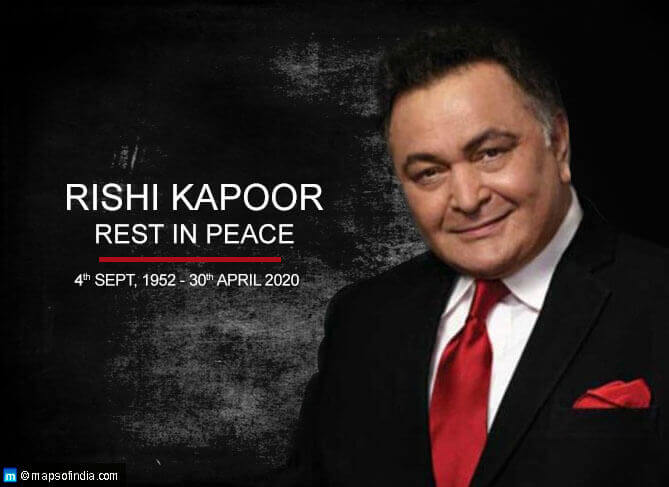Over the years films have been the biggest source of entertainment in India along with cricket. Traditionally, there have been 2 broad divisions in India as far as filmmakers are concerned. One school has been that of commercial filmmaking where the makers have adhered to set patterns of narratives, presentations, values, music and choice of actors with the ultimate ambition of pleasing the audience as well as making the much necessary profits that keeps the whole show running. The other school has been that of the parallel filmmaking where the subjects have been different to start with, the choice of actors has also not followed the preferences of the majority of audience and other facets of film making like music, editing and camerawork have been used differently.
The first category of films have normally been dominant as it has catered to public tastes and also shaped Indian culture in some way with the portrayal of the leading characters as well as other people in the movies. Compared to them the parallel filmmaking has not garnered similar levels of popularity and has had to be satisfied only with critical acclaim. Now, ever since India has been exposed to global cinema in the form of film festivals, the conventional Hollywood films, the film schools as well as societies there has been a remarkable surge in the number of people who have wanted to go behind the scenes.
An interesting aspect of this development is that in spite of the glitz, glamour and success of the mainstream films in India, most of the up and coming film makers in India belong to the parallel genre, which is now referred to as independent filmmaking by virtue of the fact that these films are not made with the financial assistance of any producer or production house as such. However, this independence has also become a major bane for these film makers.
Since they do not follow any of the tried and tested formulae they never get the financial assistance they need to make their films and get them across to a wider audience. The common logic given in this case is that since their films do not guarantee any success they are not willing to invest in their ventures. What happens in most of the cases is that these films get stuck at certain stages owing to want of money and then when they are released they do not get the same level of appreciation as they have lost the charm owing to the delay. Owing to this the filmmakers also become disillusioned and they stop making films.
The problem is that the number of filmmakers who are leaving the art because of financial issues is only growing. Well, here are a few things that the producers, who refuse the independent filmmakers, should understand:
- Independent filmmaking, as opposed to mainstream films, is not a costly affair and can be made at shoestring budgets that are lesser than the payment of a hero.
- The question of return is a strange one since not every mainstream film can guarantee a good return on the box office. If certain producers can make movies even after a string of flops then the supposedly “smaller” filmmakers can be given a run as well. The fact that the viewers are jaded by watching the same narratives being repeated time and again is evident in the box office results of films such as Boss and Besharam and the success of films such as Lunchbox, Gangs of Wasseypur series, Shanghai and others. The viewers want newer subjects as well as ways of representation. The independent filmmakers are capable of providing that.
- The actors in India enjoy these roles more than the commercial ones. This is evident from the performance of Ranbeer Kapoor in Rocket Singh, Imran Khan in Matru Ki Bijlee Ka Mandola, and Shahid Kapoor in Kaminey. Even though the cited films are not exactly independent ones, yet they represent a style that is markedly different from the traditional ones.
- One of the main accusations against mainstream filmmaking, with regards to most of its aspects such as story and music, is that of plagiarism. With the independent filmmakers the subjects are new and mostly inspired from daily lives, which rules out the question of copying and pasting from other films. Similarly, in case of music as well, the smaller filmmakers mostly utilize their friends or acquaintances with exceptional musical acumen who use these films to test their skills. They want to create something new and this can only help the film in the end.
- From the point of view of business, these films can be sent to overseas film festivals and then shown in India. It has been seen that Indian audience, primarily in the urban areas, like films that have done well in the “festival circuit”. The best thing here for the producers, once again, is the cost aspect. Since it is low, the producers can be sure of making many such films in a year as there are plenty of filmmakers willing to make films such as these.
- The exhibitors and distributors too should understand that these films can be bought at lower costs and thus can be shown at lesser prices as well and all this can ensure a steady footfall that will eventually translate into decent revenue.
The powers-that-be in Indian filmdom need to understand the call of the hour and help the independent filmmakers in whichever way they can. It is heartening to see that filmmakers such as Vikramaditya Motwane and Dibakar Banerjee doing well and one only hopes that in the days to come more such filmmakers make their presence felt on the Indian filmmaking map.




